wild card
first attempt : mycelium stool.
The first idea is to develop a support for a small amount of mycelium to grow and develop by feeding on a structure that we previously built with digital media.
The idea for growth support is that it be a stool in such a way that it can form
a part of the seat
once the mycelium fed with a small structure mixed with its seeding, can dry and acquire some capacity to withstand stress.
The most interesting part of this work is how the mycelium grows and becomes part of the same
structure that it feeds on. In this way, if we manage to make it grow on the substrate prepared over time,
it gets to feed on the stool
itself, forming part of its structure.
In the early stages develop a few prototypes that since the idea had to be dismissed is not worth reflecting,
but to highlight one I present this mushroom stool able to attach to a wall or a tree.
I preferred not to continue the prototype because of the limitations that would be in the connection
piece since it should be made of steel or some other high resistance solution that is out of reach of our means.
... and this is the stool designed to contain a mycelial culture and make it grow in solidarity with the wooden structure
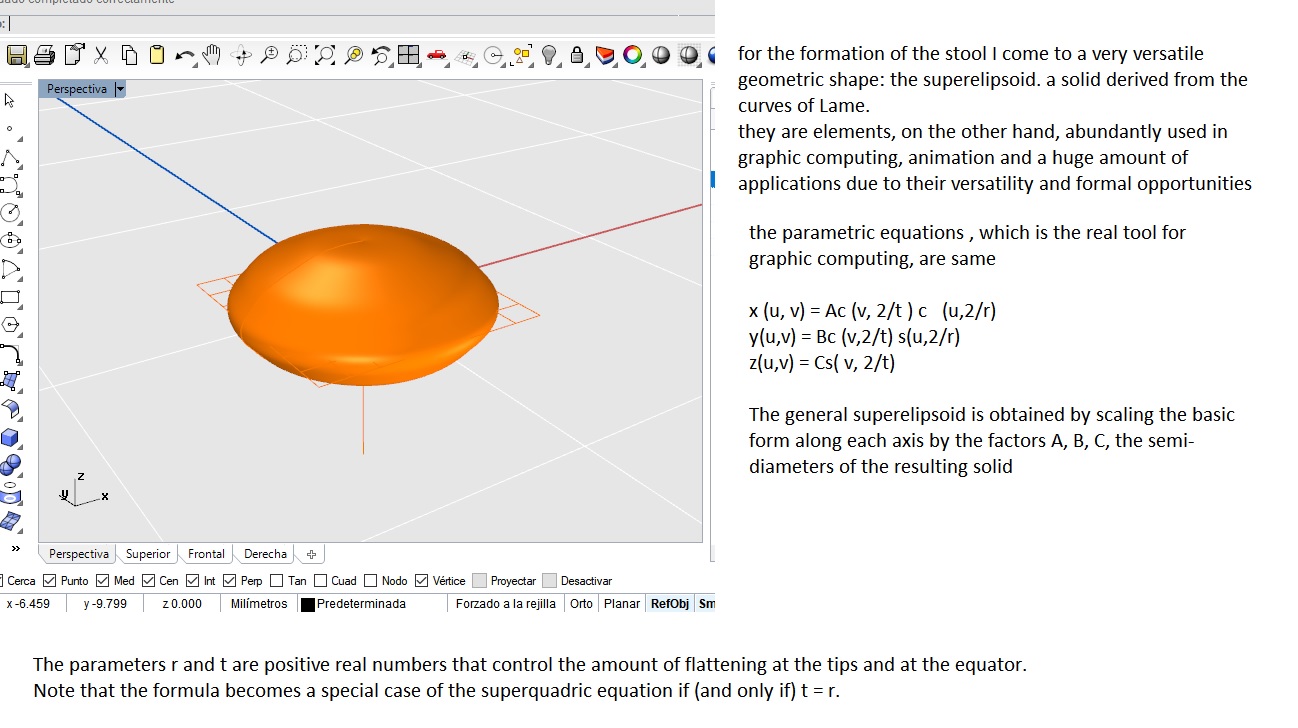
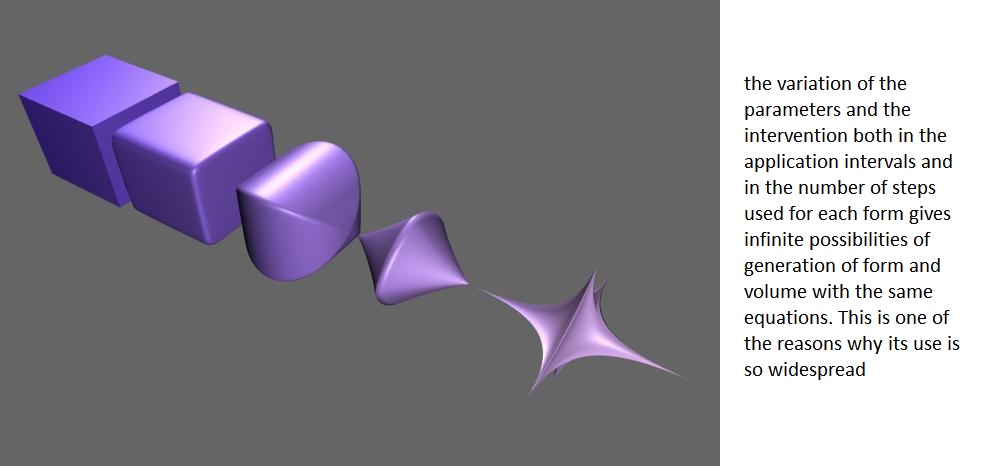

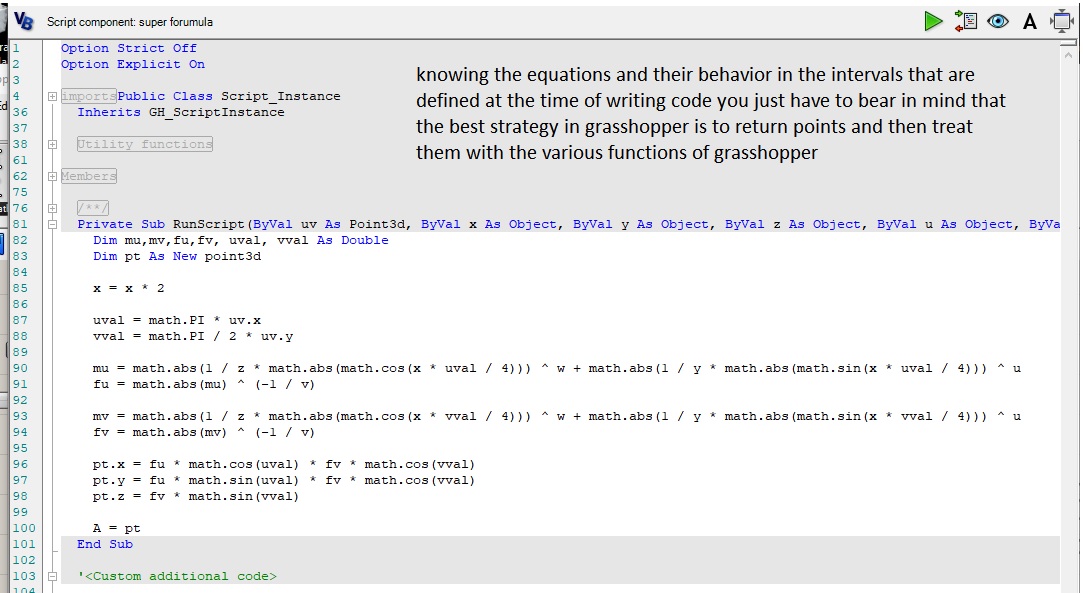
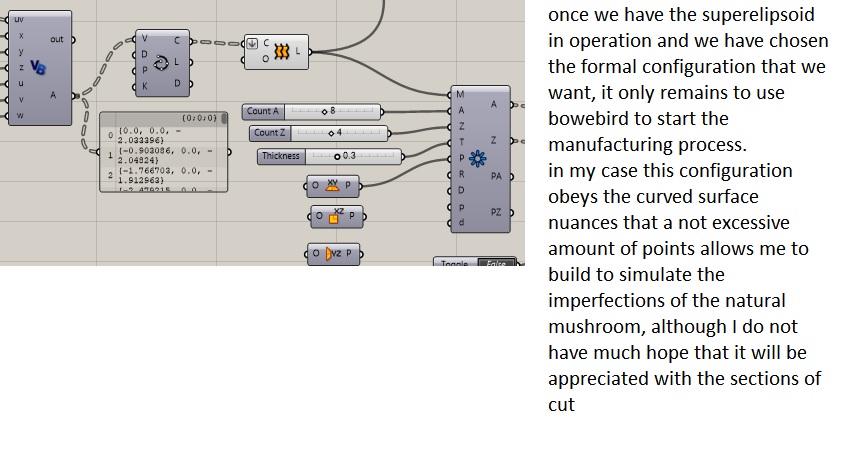
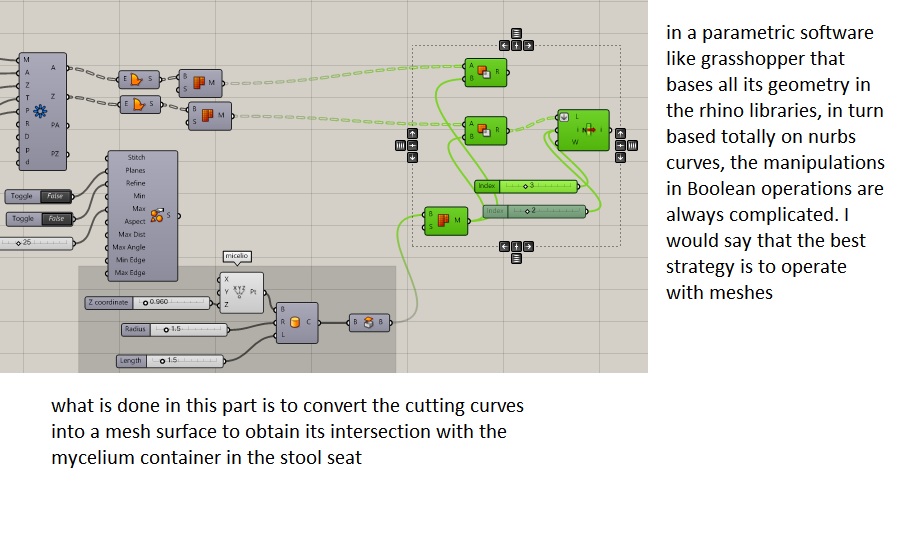
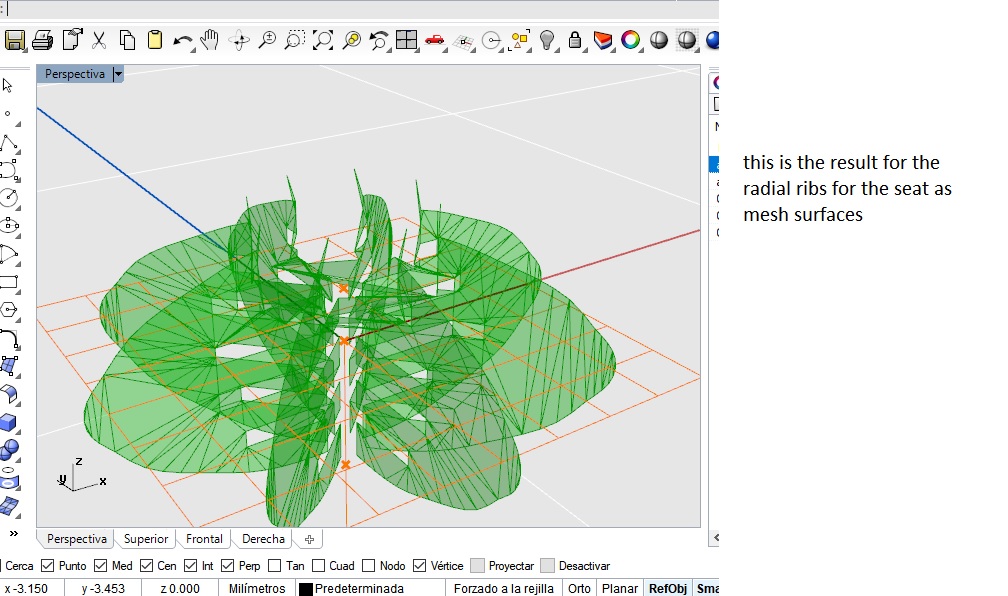
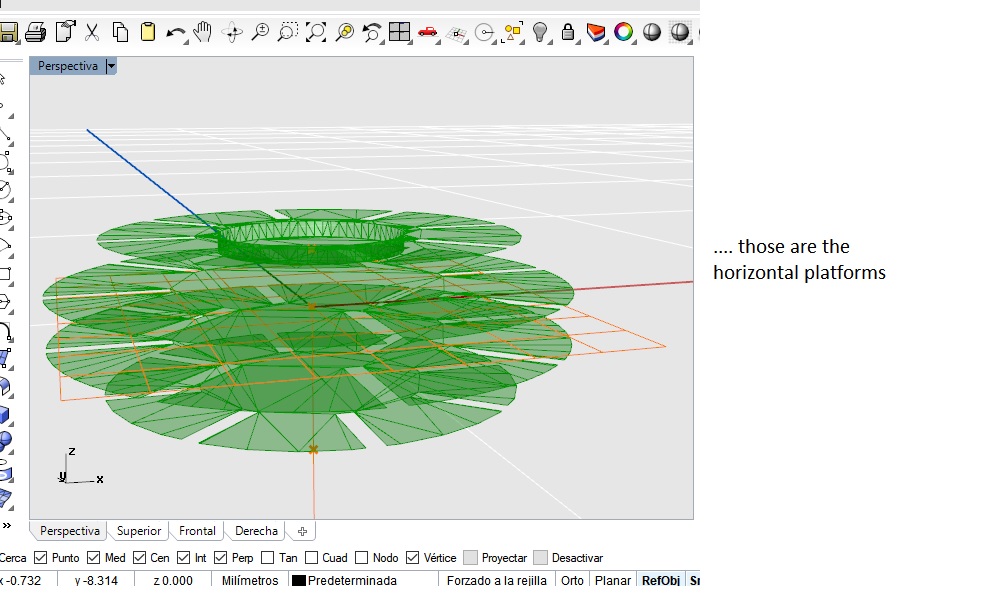
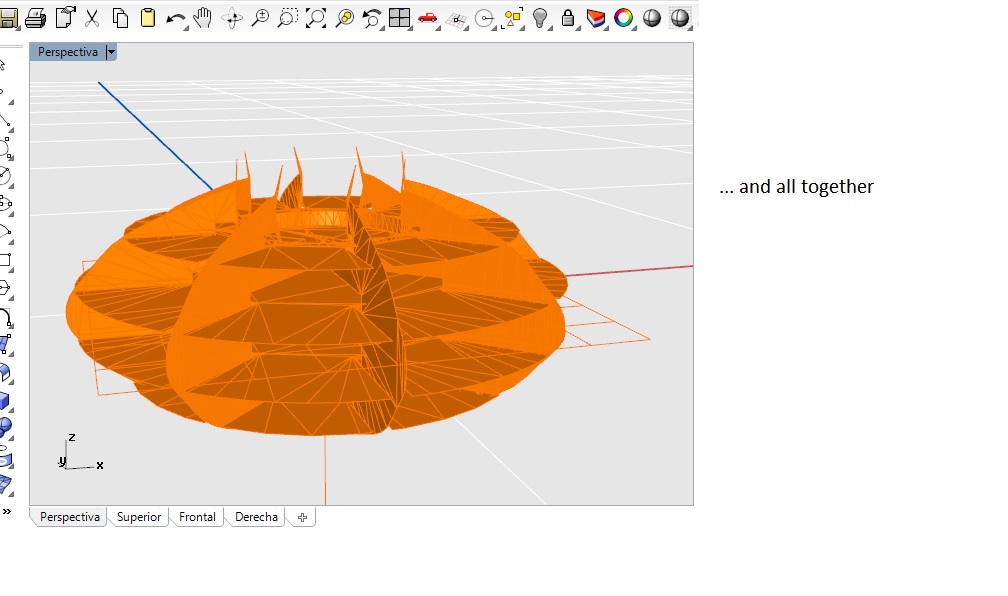
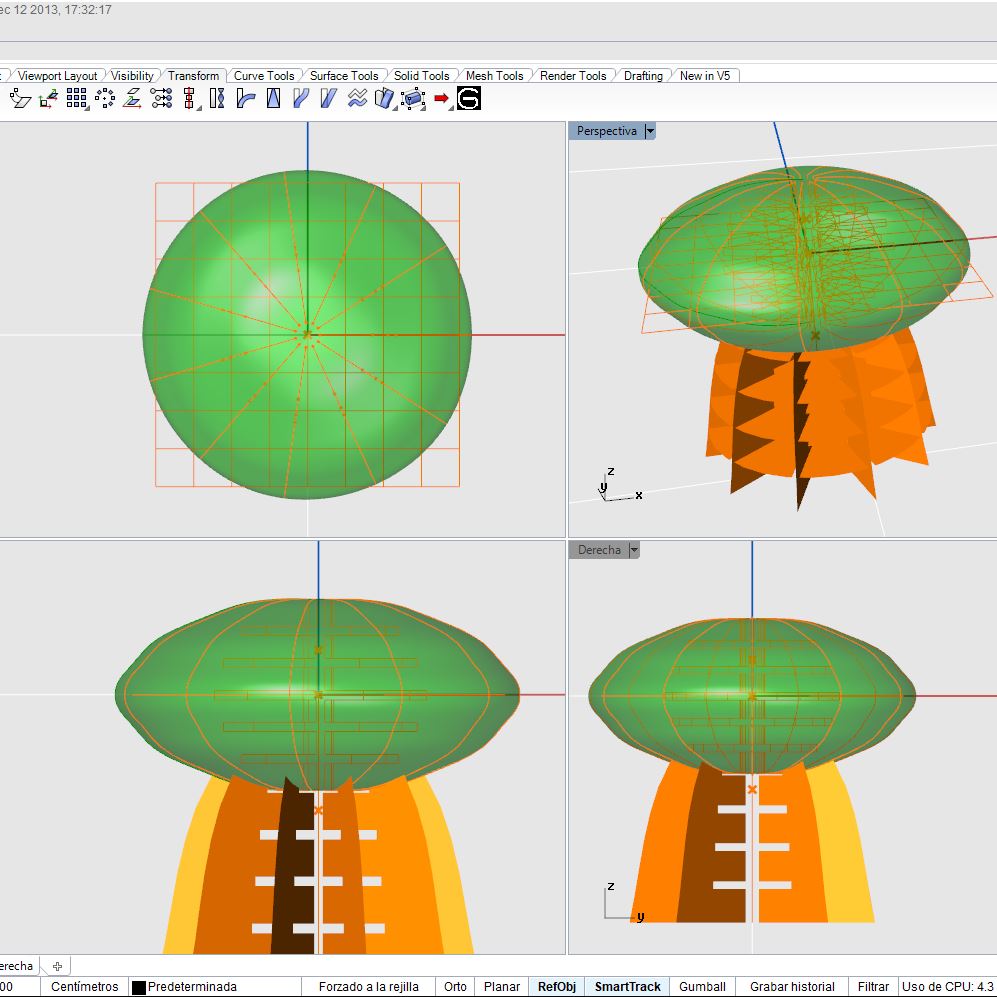
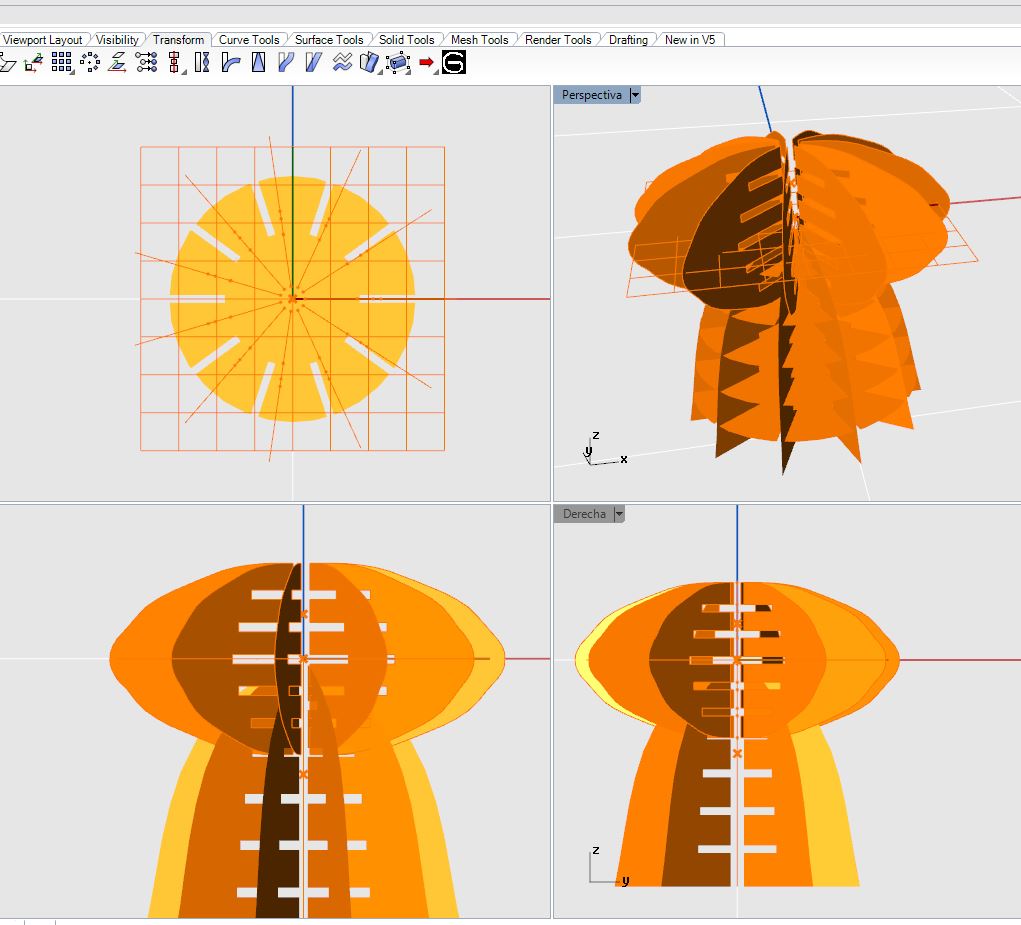
unfortunately this work does not seem to meet the requirements of this assignment so I decide to abandon it for another
origami as acoustic pannel
given that by my instructor's instructions it seems that the origami if this content within what can be done in this assignment, I try to find an interesting utility with some practical application. So I decide to make acoustic panels with bends to determine in different very simple tests and with the available means, how would it behave in acoustically as it would improve the conditions of a space. It is not intended with this work to make a careful analysis of the acoustic behavior since the properties, the conditions, the materials are beyond the scope of such a brief and hurried work. Everything should be taken as an approximation

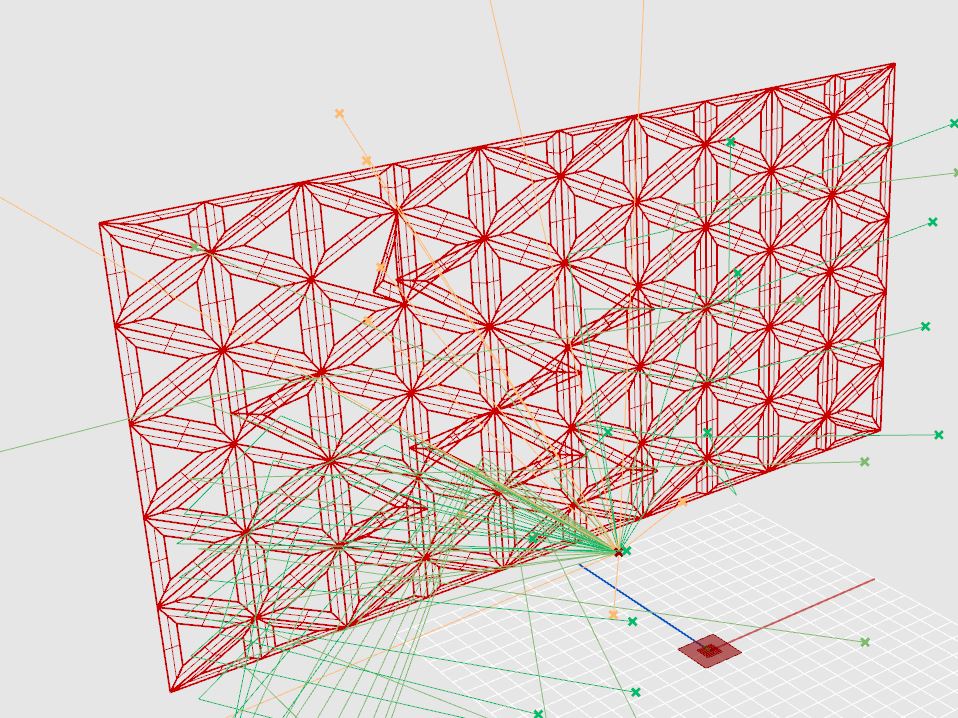
so I've proposed a few configurations of origami-based panels to compare and build them
videos
This is the basic configuration of the simulator with two surfaces that I will use later to transfer the different panels as this formulates its best behavior
in this simulation I build panels of perforated triangles but only with analog geometry. Thus, the perforation of the panels does not seem to have much influence with respect to their configuration without drilling. It would be necessary to address the analysis of the influence of the rotation of some parts of the panels, especially on surfaces, which generates damping by rebound between the two components
In this test I build a screen of perforated panels only by subtraction and testing its folded configuration. since it seems that the algorithm has some problems in the consideration of some surfaces surely by the unification of normals I can not come to any useful conclusion
fabrication
.jpg)
.jpg)
.jpg)
.jpg)
unfortunately this work does not seem to meet the requirements of this assignment so I decide to build another pannel using the same acoustic considerations
acoustic pannel using 3d

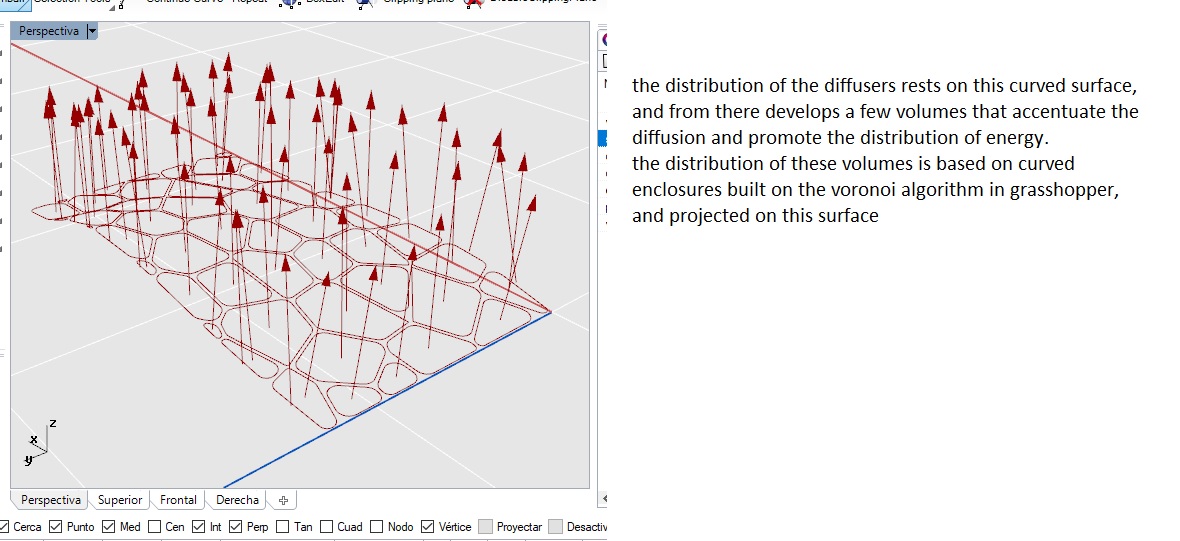

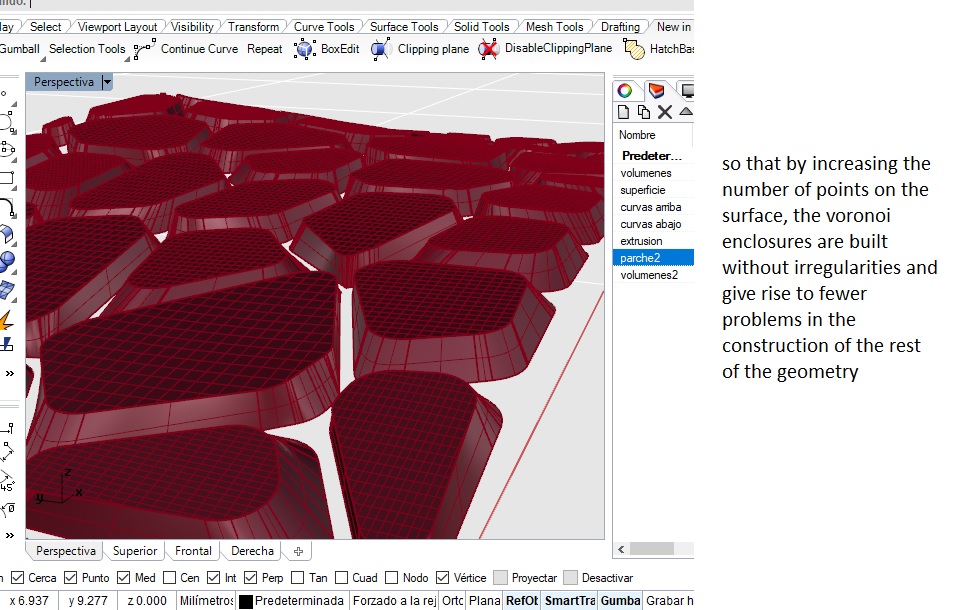
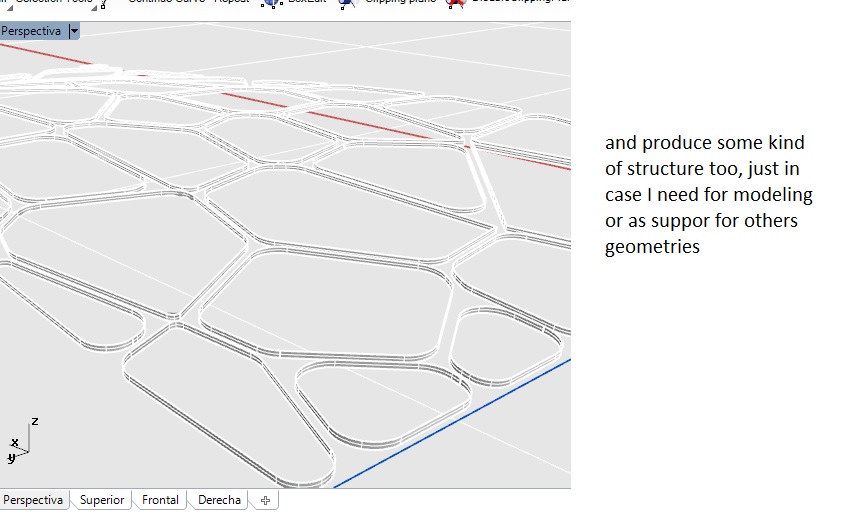
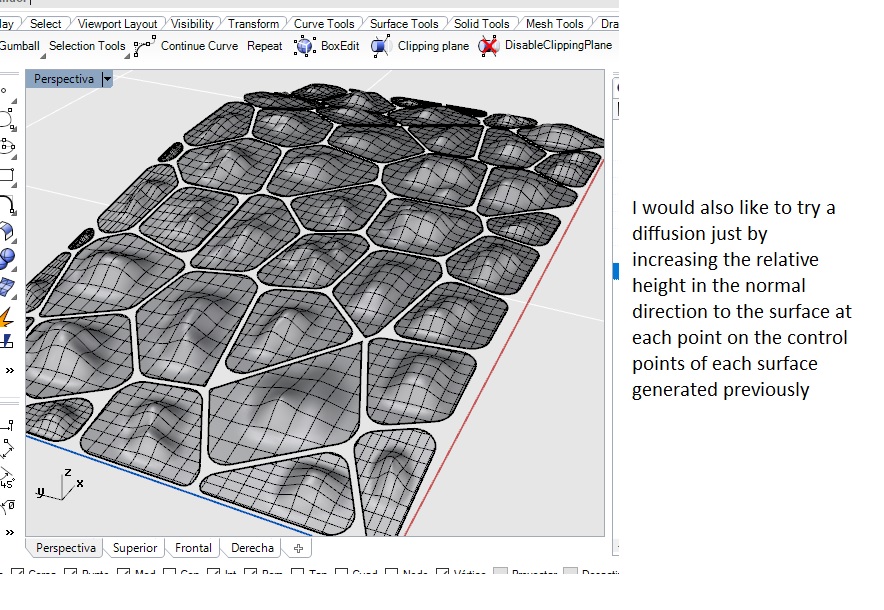
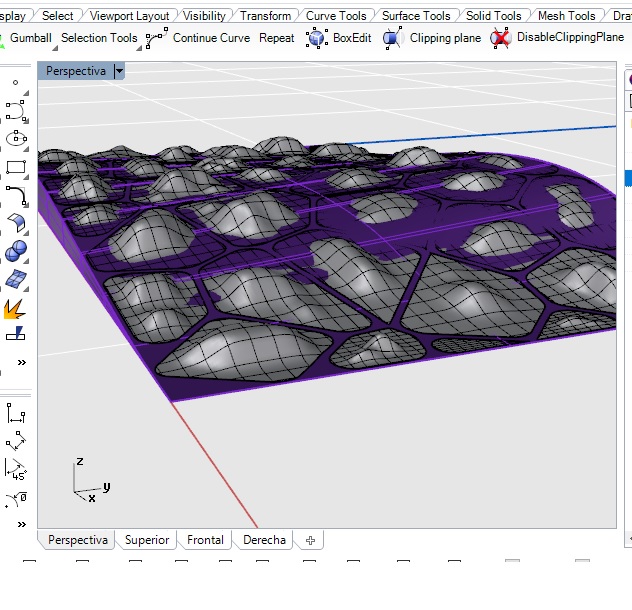
rhinocam for 3d milling
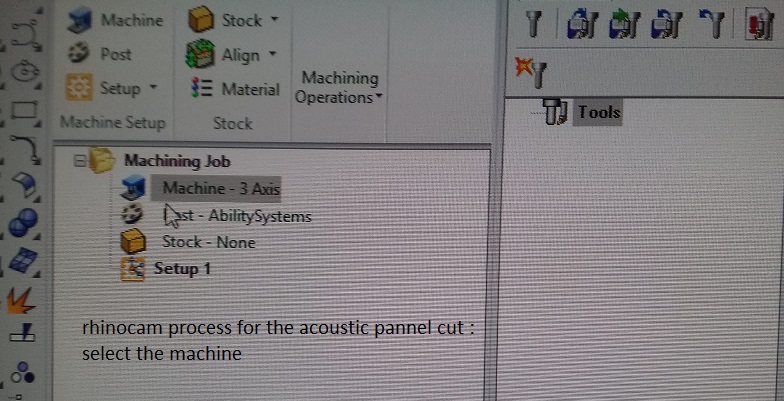
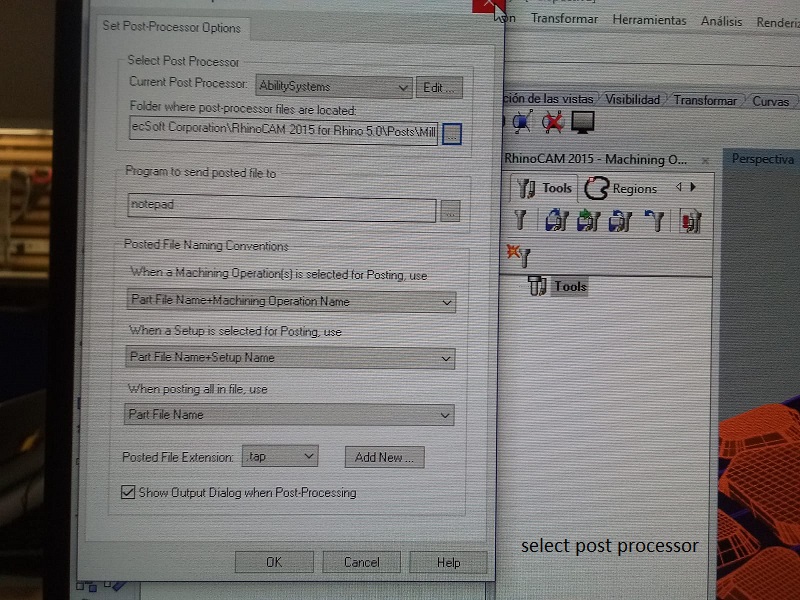
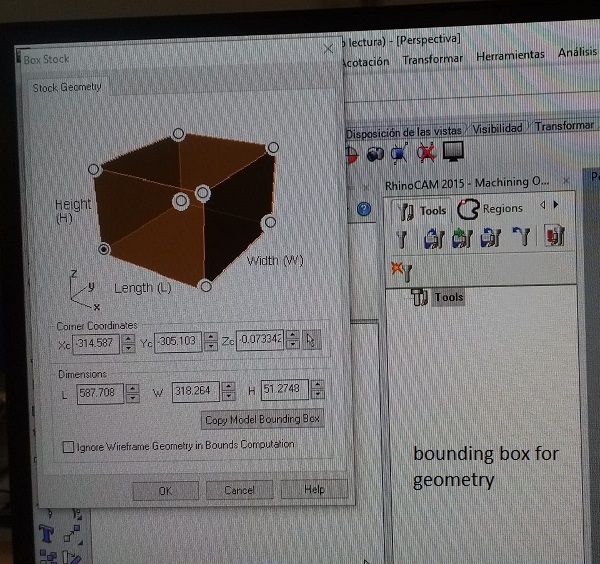
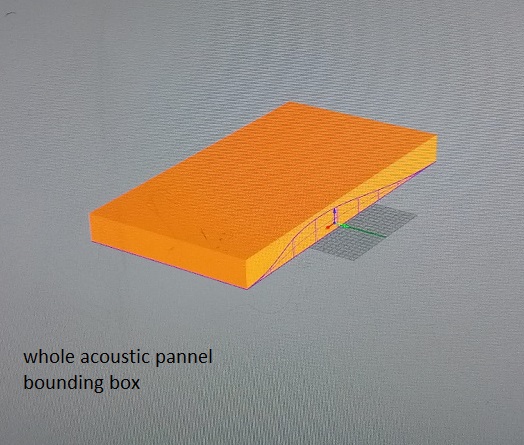
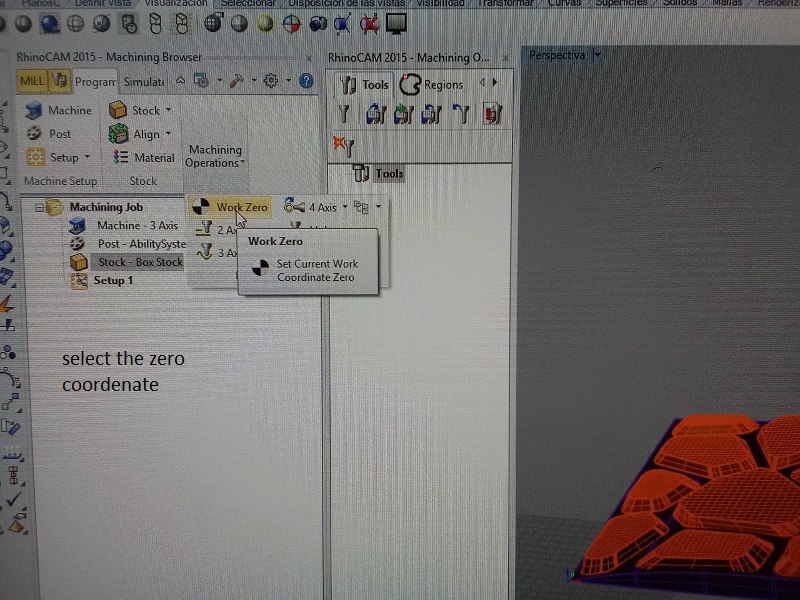

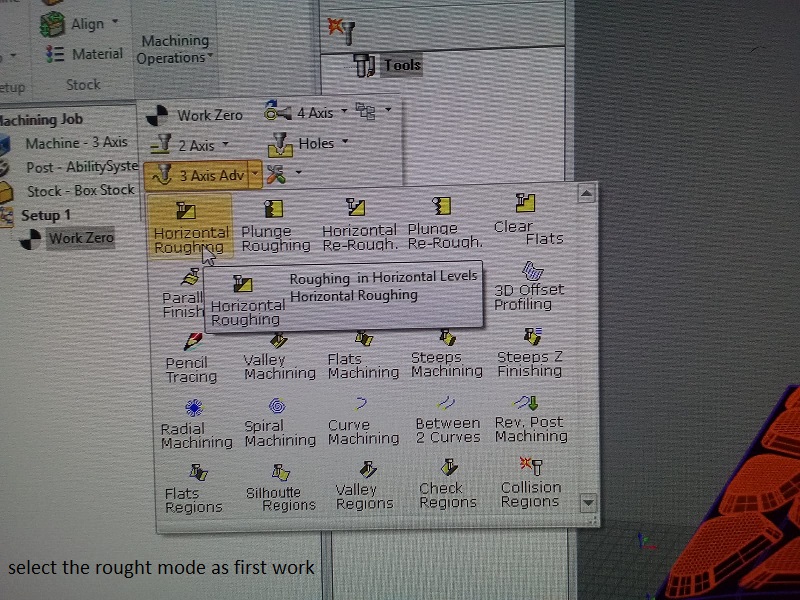
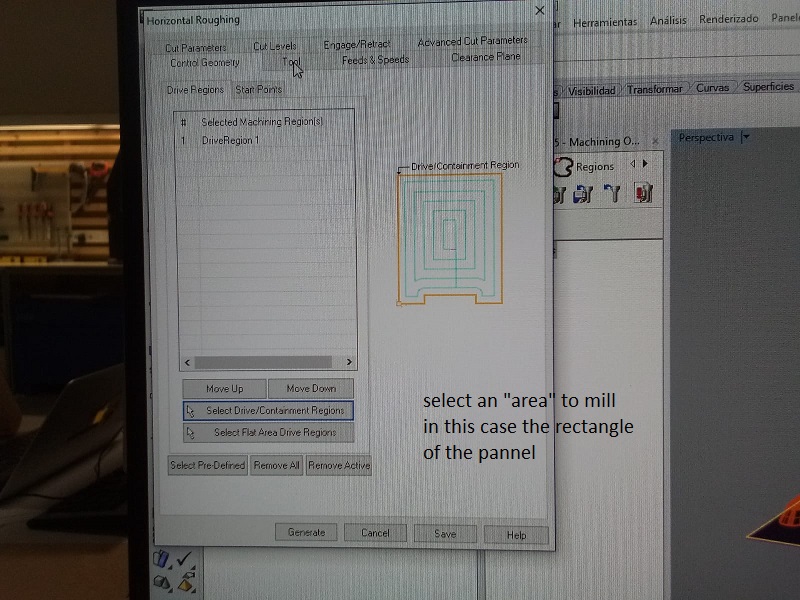
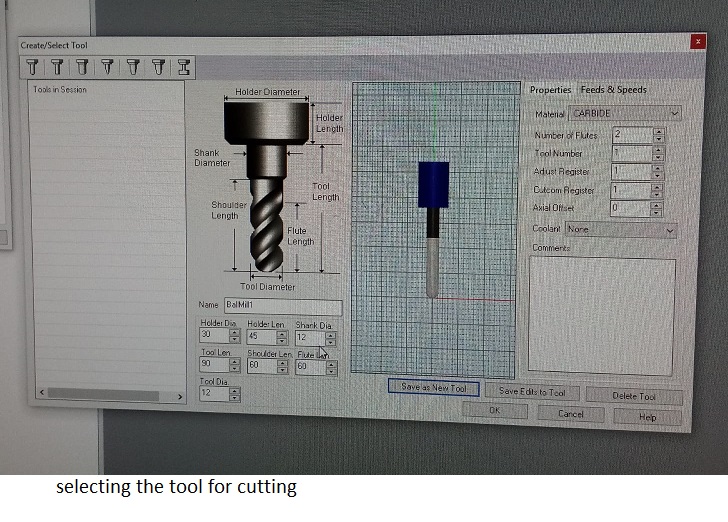

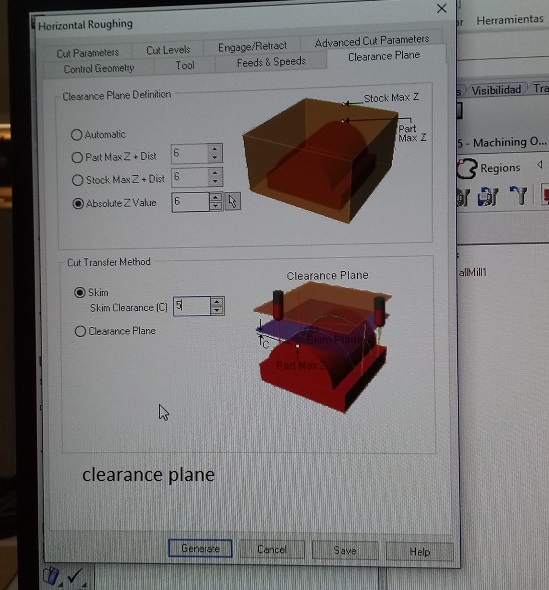
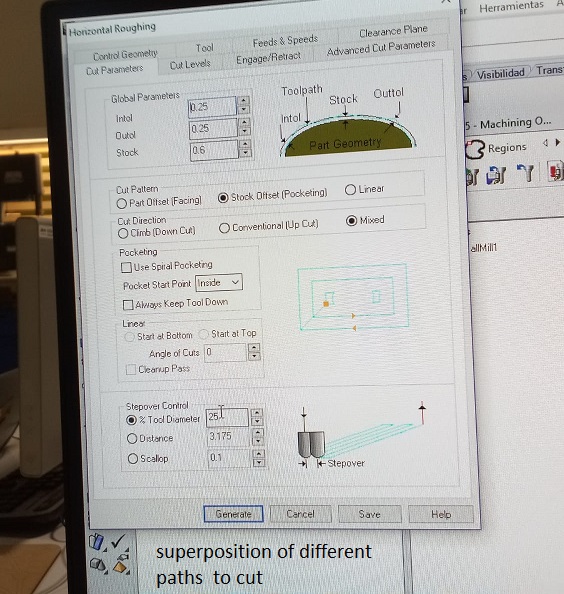
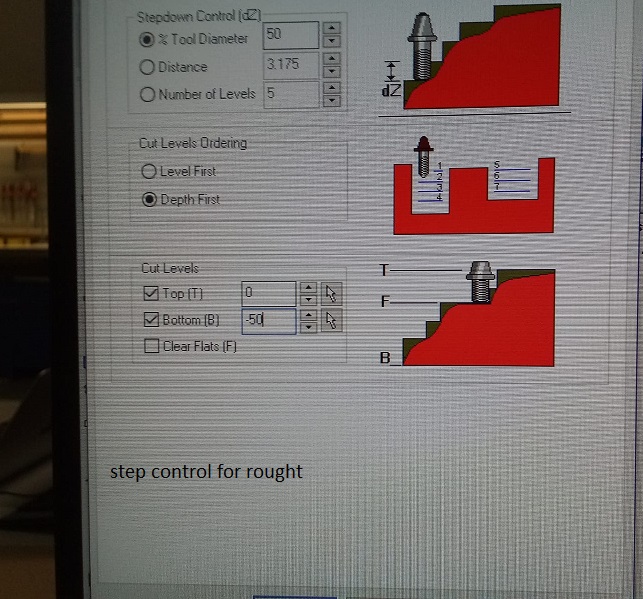
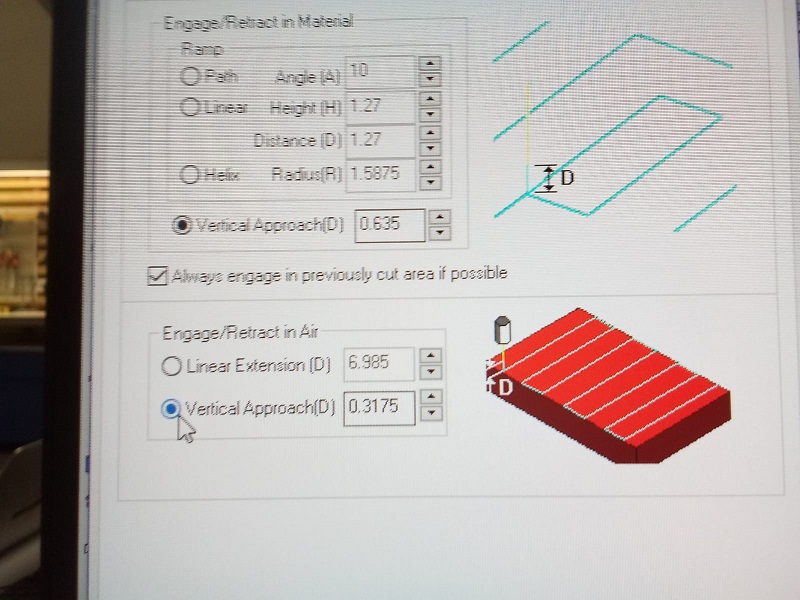
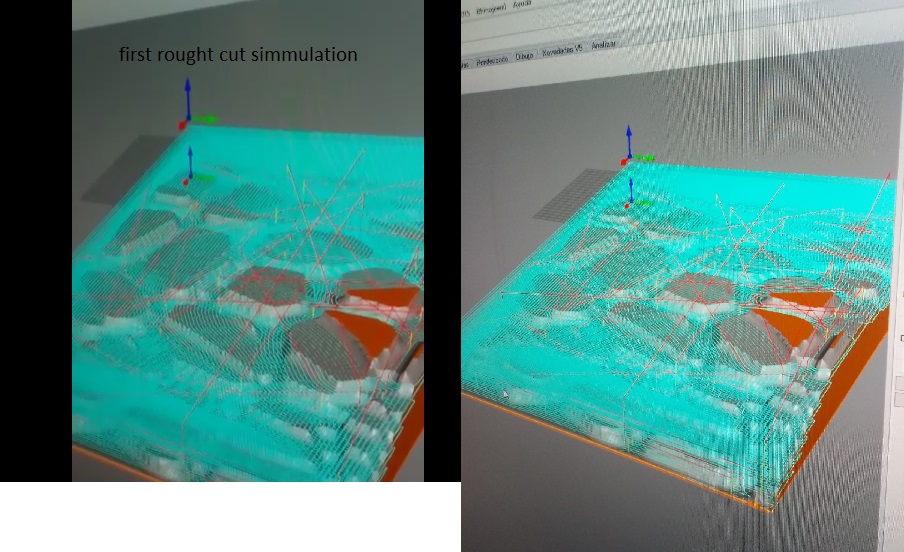
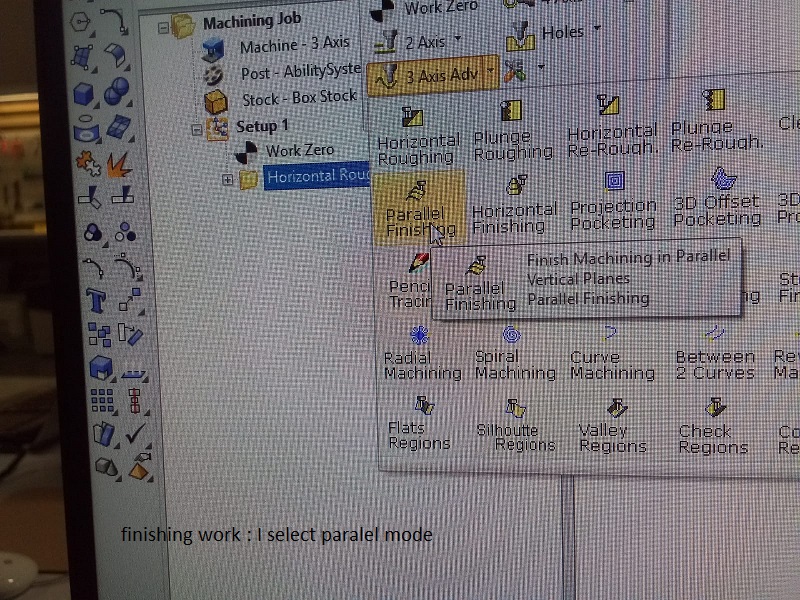

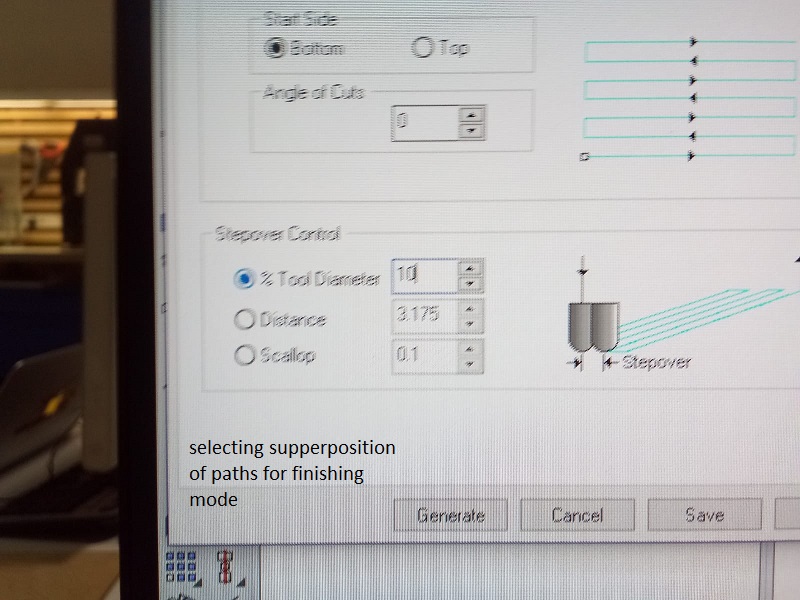
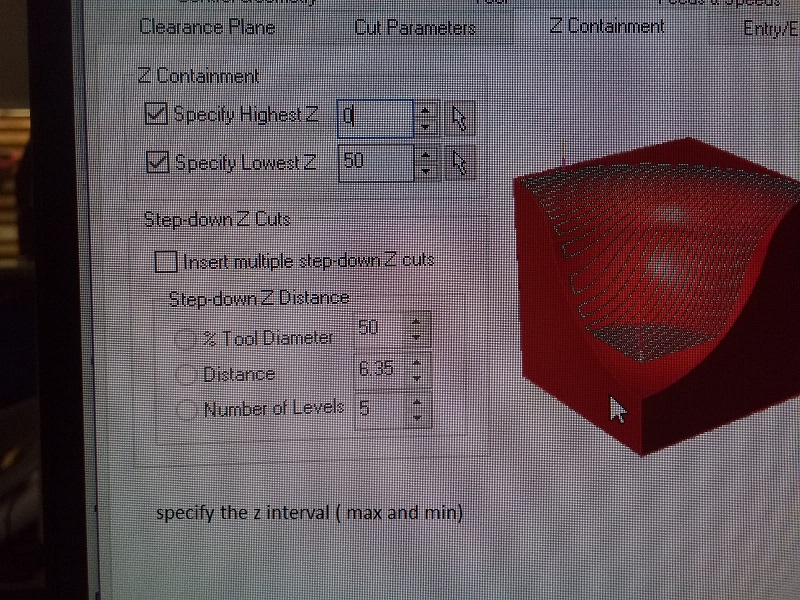
fishing simulation video
acoustic pannel 3d rought and finish on foam
.jpg)
.jpg)
.jpg)
.jpg)
.jpg)
.jpg)